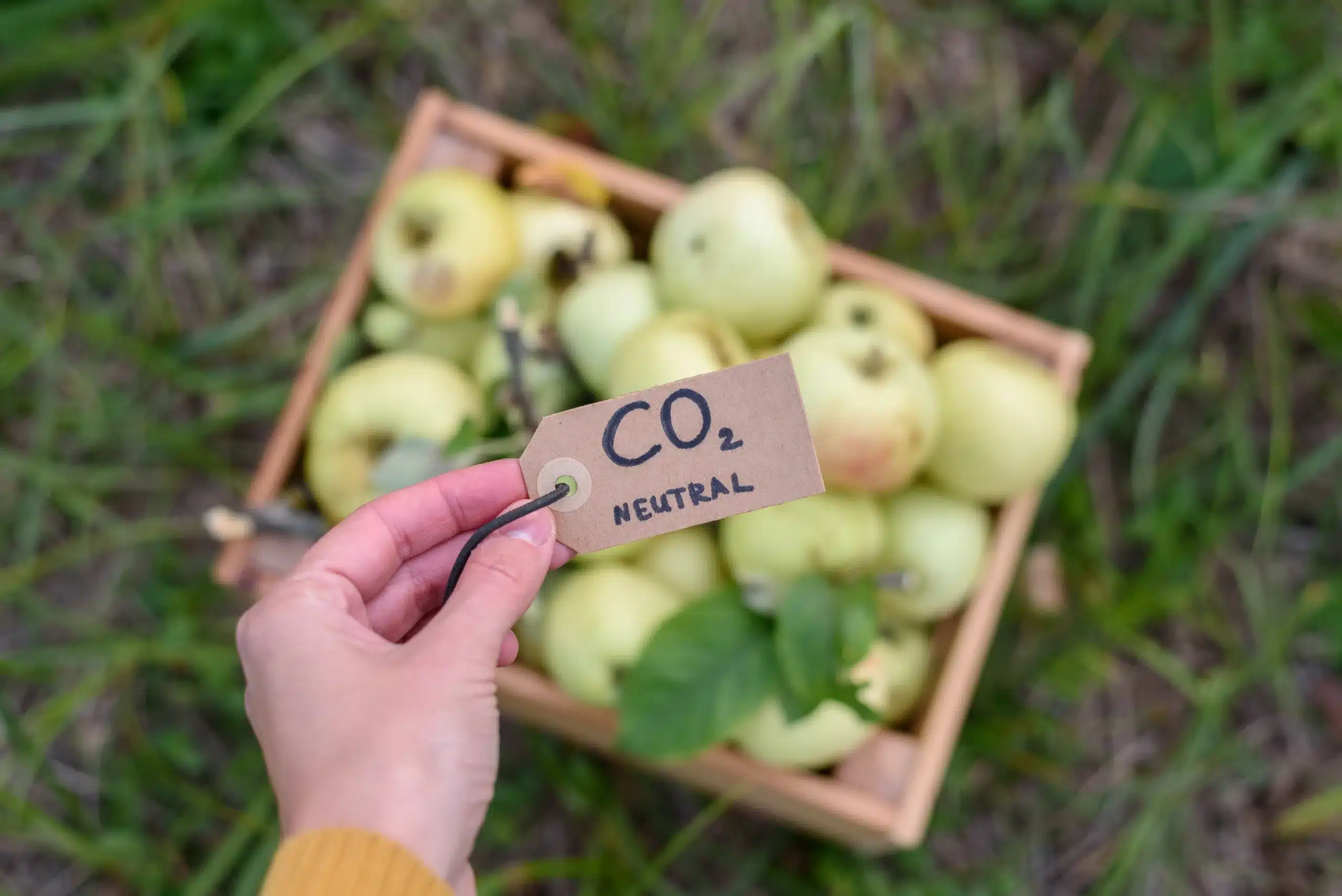A term we often hear but rarely dive into: carbon footprint. Have you ever considered the carbon footprint of a jar of pickles from the supermarket or the olives you enjoy at breakfast? The environmental impact of food production, transportation, and consumption is far greater than you might think.
What is a Carbon Footprint?
Simply put, a carbon footprint represents the total amount of carbon dioxide (CO₂) and other greenhouse gases emitted directly or indirectly by a product or individual into the atmosphere. When it comes to food, this calculation covers a long journey—from production to packaging, logistics to consumption.
From Farm to Table: How a Food’s Carbon Footprint is Created
The carbon footprint of food often begins with the first seed planted in the soil:
- Agricultural Process: Fertilizers, farming machinery, and irrigation systems consume energy, making them significant sources of emissions.
- Processing and Production: After harvest, products are washed, chopped, cooked, or pickled. These processes increase electricity and water consumption.
- Packaging: Glass jars, plastic containers, or tin cans require energy during production and have environmental impacts due to waste management.
- Logistics: Transporting food through supply chains via trucks, ships, or planes relies on fossil fuels.
- Consumption and Waste: Cooking or storing food at home requires energy. Uneaten or wasted food further burdens the environment.
Which Foods Have the Highest Carbon Footprint?
Not all foods impact the environment equally. Research shows:
- Red meat and dairy products top the list due to methane emissions and high water usage in livestock farming.
- Processed foods have a high footprint because of their complex ingredients and production processes.
- Imported products from distant regions generate more emissions due to long transportation routes.
How Can We Reduce Our Carbon Footprint?
Both producers and consumers can make a difference:
- Choose seasonal and local products. Locally sourced foods require less transport, resulting in lower emissions.
- Prevent waste. Every bite left on your plate represents wasted energy and resources.
- Shift to a plant-based diet. Vegetables, fruits, and grains have a lower environmental impact.
- Opt for recyclable packaging. This reduces waste and conserves resources.
The Future of Our Tables: Is Sustainable Food Consumption Possible?
Absolutely. By making mindful food choices, we can minimize harm to the planet and take responsibility for a more livable world. Small changes can create big impacts: through conscious decisions, we can build a sustainable future not just for ourselves but for generations to come.


